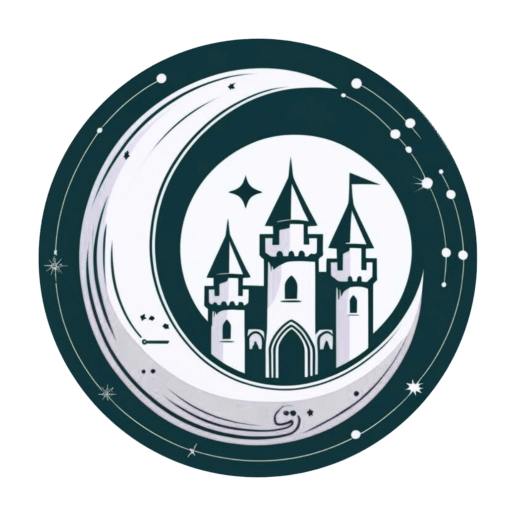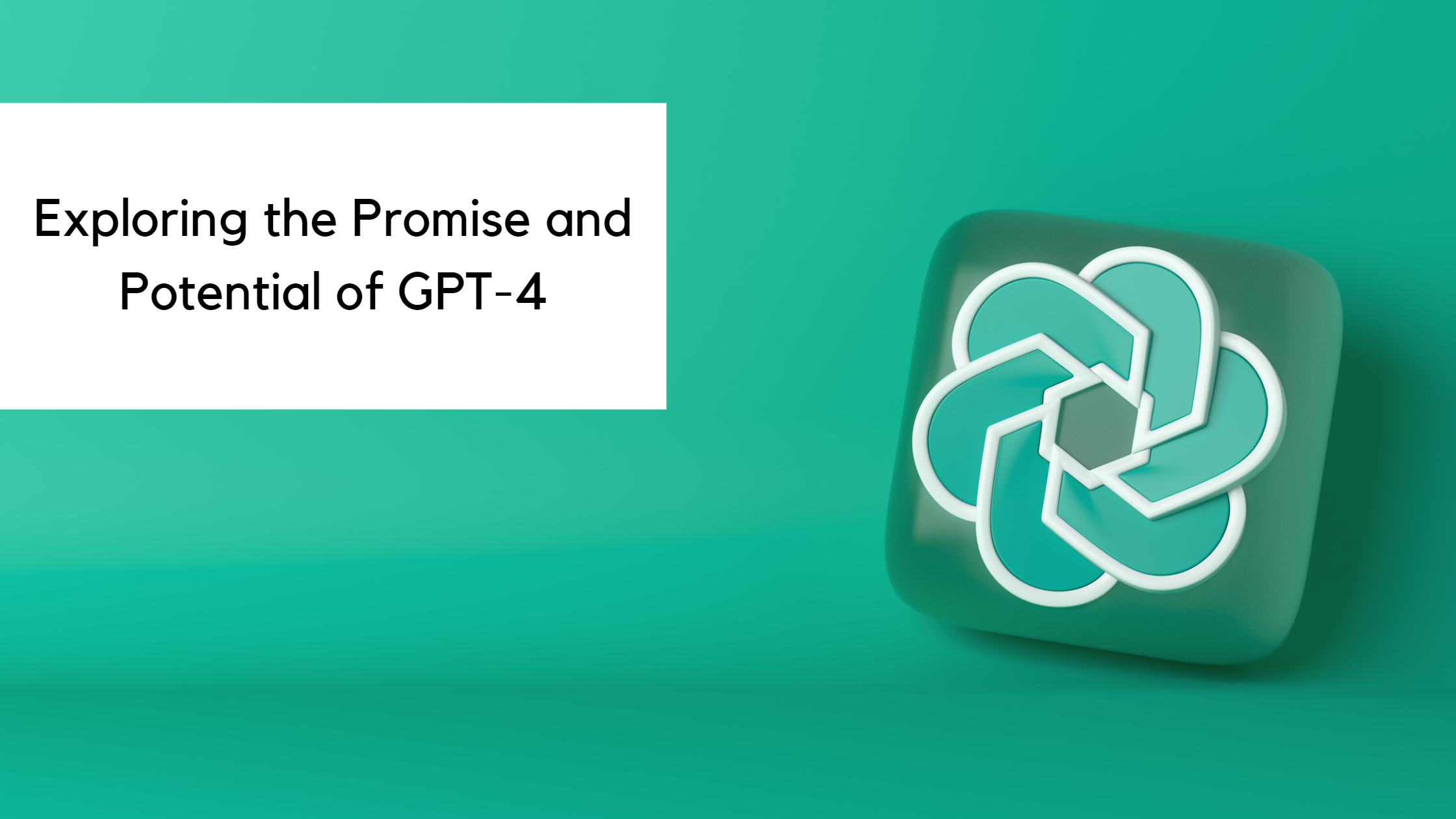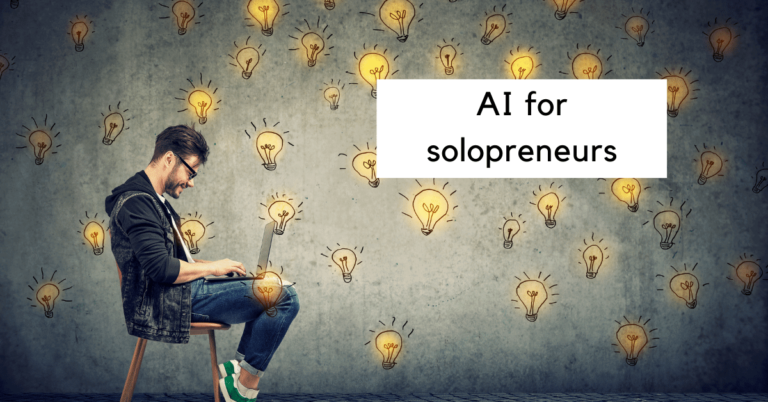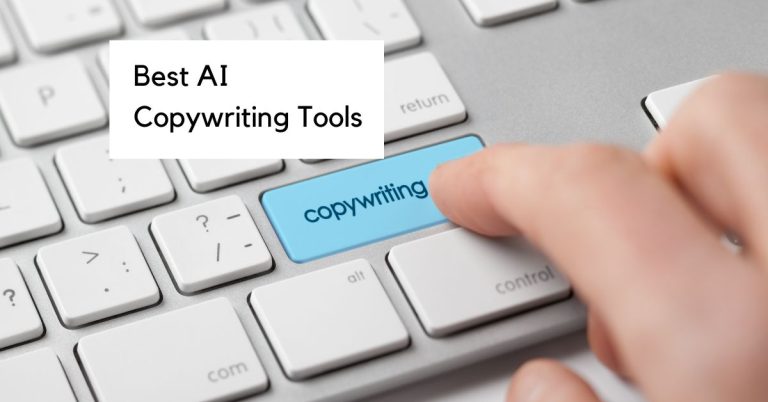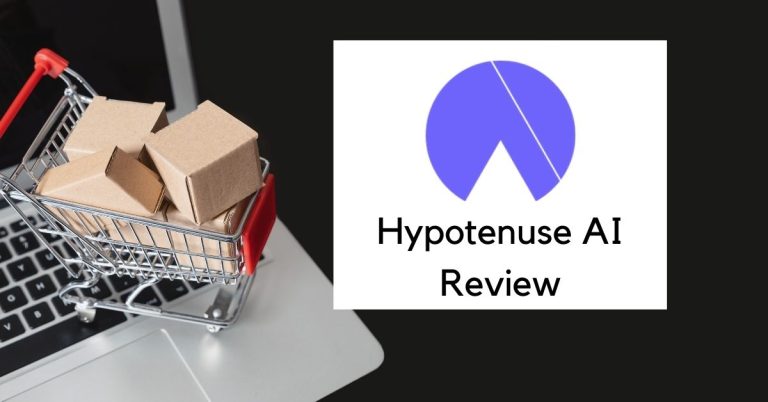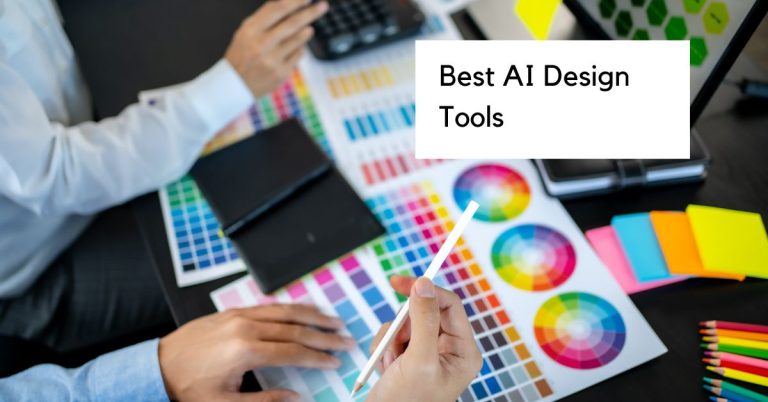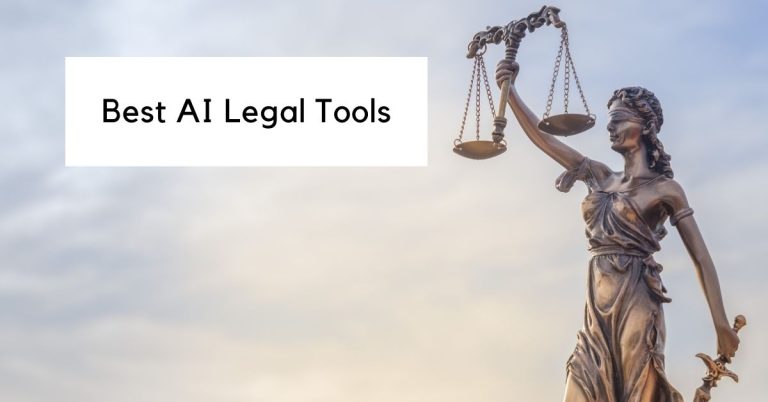Exploring the Promise and Potential of GPT-4
OpenAI has developed yet another advancement beyond its ChatGPT feature, and this article will go into all the details on what this new GPT-4 development is, how it works, and what it’s capable of.
Now that it’s been developed and is entirely in practice, businesses are taking advantage of this program. Businesses like Duolingo and the Iceland Government.
What is GPT-4?
GPT-4 is an incredibly powerful upgrade to the ChatGPT program that came out in November of 2022 by OpenAI. GPT-4 was released on March 14, 2023. GPT-4 training finished in August 2022, but the Open AI team spent seven months optimizing and making GPT-4 safer.
It was designed to not only upgrade GPT-3 but also truly transform how you can interact with the program and the AI model performance in general. According to their Developer Livestream, the power of GPT-4 lies in the ability for GPT4 to break down complex concepts into reasoning and give you the ability to understand the material you may not otherwise – which is where its purpose in education comes into play.
How does GPT-4 work?
GPT-4 works like Open AI’s previous models but with an intense and intellectual upgrade that allows it to do more with more nuanced instructions than previous versions. As mentioned in their GPT-4 product video, their goal with this new development was to make this program useful for many real-world scenarios, such as education and learning new things tailored to individuals’ skill-level. Also included is taking the prompts you previously gave GPT-3 and improving the ability to write code, summarize articles, fix code errors, and more.
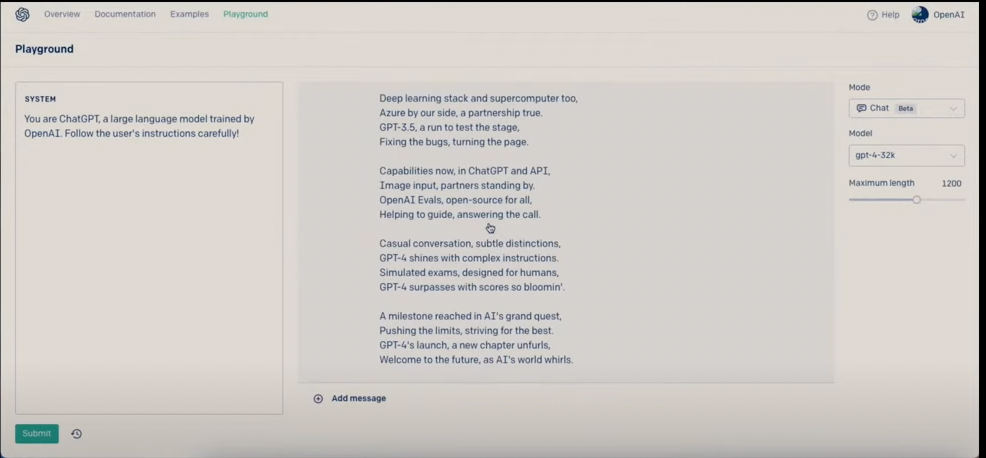
To give the program a prompt, you can either copy and paste an article or code or type in your own text with instructions that the program needs to follow – you can add to this by giving the program a sort of “job description” on the correct text box that says “system.” What you write in this box will tell GPT-4 how it needs to perform.
Open AI models have been designed from the start to work off your prompts and use intuitive and advanced knowledge and provide the type of response that you are looking for – but now, with a much more nuanced instructions model, you’re able to use this new version to provide more data within your text inputs that give you the text outputs you’re looking for without many redirections.
What is GPT-4 capable of?
Open AI wrote the training for GPT-4 by taking feedback from the initial training and new technology to make its capabilities profound compared to GPT-3. OpenAI wanted to take their systems to the next level as far as expertise and reliable services for users are concerned – the company has hope that this version will be used for education and even helping people understand dense topics by using GPT-4 to describe these topics in a way that anyone can grasp.
That being said, AI can have many creative aspects, and GPT-4 is trained to understand industry knowledge. The context of image data and natural language to complete things like summarizing a simple blog post to emitting text outputs that can help fix code. With all of this technology, there is a sufficient threshold to what GPT-4 is capable of compared to GPT-3.5. Still, OpenAI took profound safety implications to avoid misuse or inappropriate use of the new technology.
They are still expanding and adapting the new system to accommodate other aspects of AI technology – their image reading feature of GPT-4 is still in the process. Once complete, the new chatbot will accept image inputs instead of text to give highly-intelligent responses.
What are the limitations of GPT-4?
Right now there are certain limitations when it comes to standardized tests in the educational field. At the same time, we’ll go over how Khan Academy uses this program to help students with individualized education and deep learning; there are still some lines that this software can’t cross.
This software is not meant to completely eliminate learning or gaining knowledge through means other than chatbot systems – instead, it is trying to figure out unique ways to transform the way we consume information and the efficiency with which we can do so.
Like with most technology, there will be limitations that still need to be performed by humans in order to ensure safety, accuracy, or efficiency. That being said, there will always be room for evolvement and improvements where technology is concerned.
What is the difference GPT-3 and GPT-4?
One of the most significant differences between GPT-3 and GPT-4 is their advancement in the human-level performance of GPT-4. The artificial intelligence technology used within GPT-3 was advanced. Still, there is more of a human-level performance element to GPT-4, which OpenAI aimed for when this program was in the works.
Unlike GPT-3, soon ChatGPT users will be able to submit images as OpenAI wrote reinforcement learning that allows for analyzing and responding to images users submit to the chatbot.
GPT-4 is a larger multimodal model size than GPT-3, making it more versatile and prepared for the competitive landscape that is the AI technology industry.
Ways companies are using GPT-4
GPT-4 is being integrated into the strategy of businesses and companies all over. Industry leaders understand the versatility and benefits of taking advantage of this program, and this version that OpenAI created can provide reliable yet editable answers and data-driven systems.
Whether these companies are taking advantage of the changes between GPT-3.5 and GPT-4 for a blog post or using the technology for more advanced uses, for example, editing code in their systems or automated evaluation of a process.
These use cases consist of the creative training the company invested in with this latest version. AI is constantly changing and developing, and when companies feel ready to embrace the system fully and the answers and data it can provide, to a point, the capabilities a company has are virtually endless.
Language Learning: Duolingo
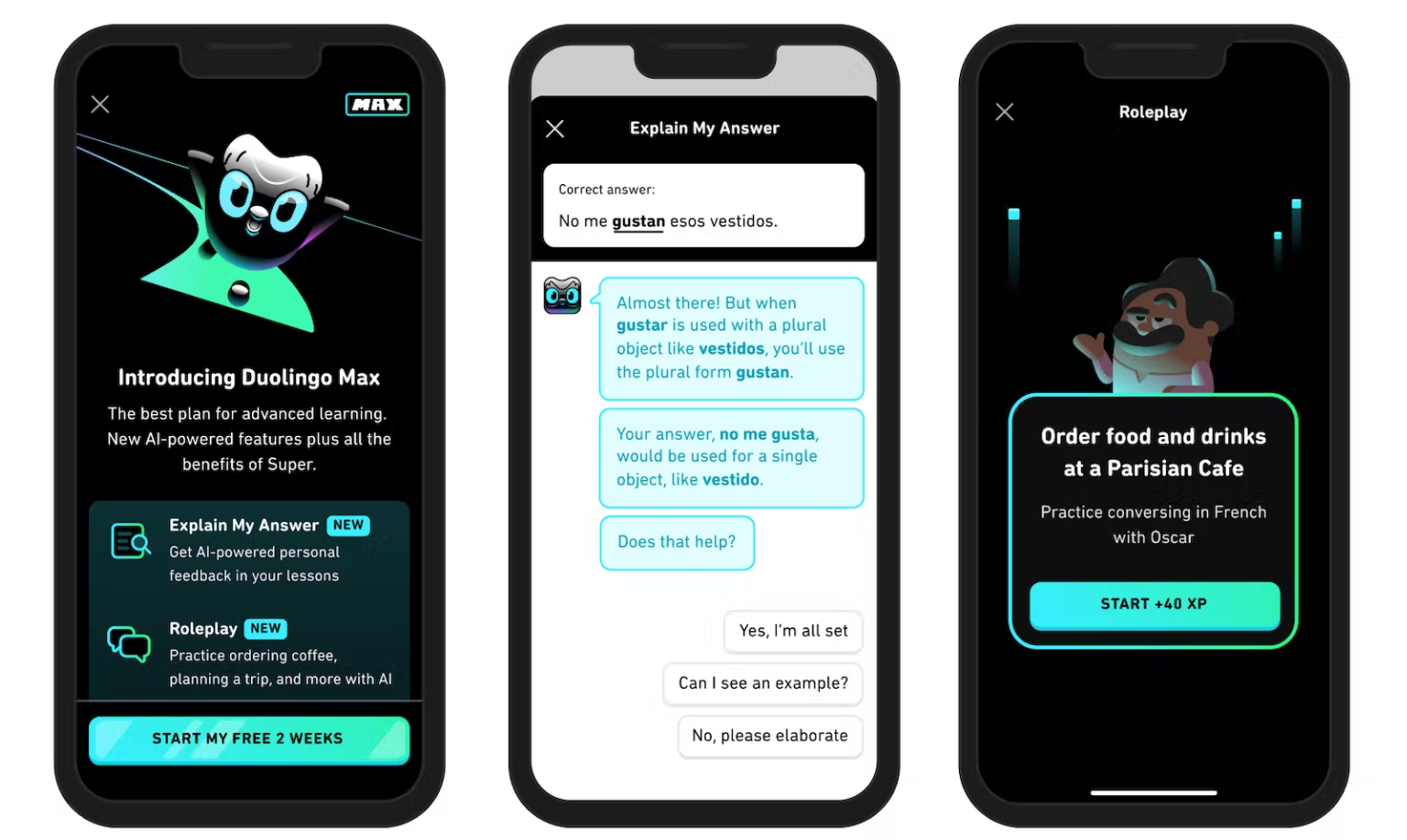
Duolingo is a language app allowing you to learn a language differently than expected. It combines the feeling of playing a game, competing with friends, and unlocking achievements with learning a language, and recently it’s taking advantage of OpenAI and their GPT-4 model.
The primary way that Duolingo has been able to integrate GPT-4 into their system and company is by using it as a way for language learning to have a casual conversation with a native speaker, where they otherwise would not have this opportunity.
Duolingo had attempted this partnership with GPT-3, but it wasn’t advanced enough, and the company wasn’t confident enough in the program to integrate it into the app. GPT-4 has had large-scale models trained on enough public data and feedback to integrate into the platform. The company wanted a “free-flowing” chat experience for users to chat about things other than pre-programmed scripts.
You can access these features and the newest chat and “explain my answer” model within Dulingo’s Max subscription tier – which has the ability to help you learn a new language in a way you haven’t been able to before with AI.
Visual Accessibility: Be My Eyes

Be My Eyes is an app that allows those with visual impairment to go through everyday tasks – such as finding a particular shirt or the color of a specific object. However, doing so without the help of this app may be impossible or incredibly difficult. Be My Eyes has partnered with OpenAI and GPT-4 to increase the helpfulness of artificial intelligence and how GPT-4, specifically, exhibits human-level performance for these tasks.
The Danish startup noticed the competitive landscape of AI and how it can help the visually impaired community become more independent. Due to the newest feature of GPT-4 being visual input, users can submit a photo and ask what color a particular object is or compare two objects next to each other and ask the virtual volunteer within the app (GPT-4) which object is a color they are looking for.
What the company loves most about how the GPT-4 AI was trained compared to taking advantage of other apps that help the visually impaired is the ability to have a conversation per se, going beyond just analyzing and information output. Users can then re-prompt the virtual volunteer and continue the conversation if they have more specific questions to help facilitate that independence.
Be My Eyes has a use case example where a visually impaired individual could navigate the railway system using the app and the AI model that is GPT-4 – which can be complicated regardless. This truly shows the capabilities that artificial intelligence has for everyday tasks.
Finance: Stripe
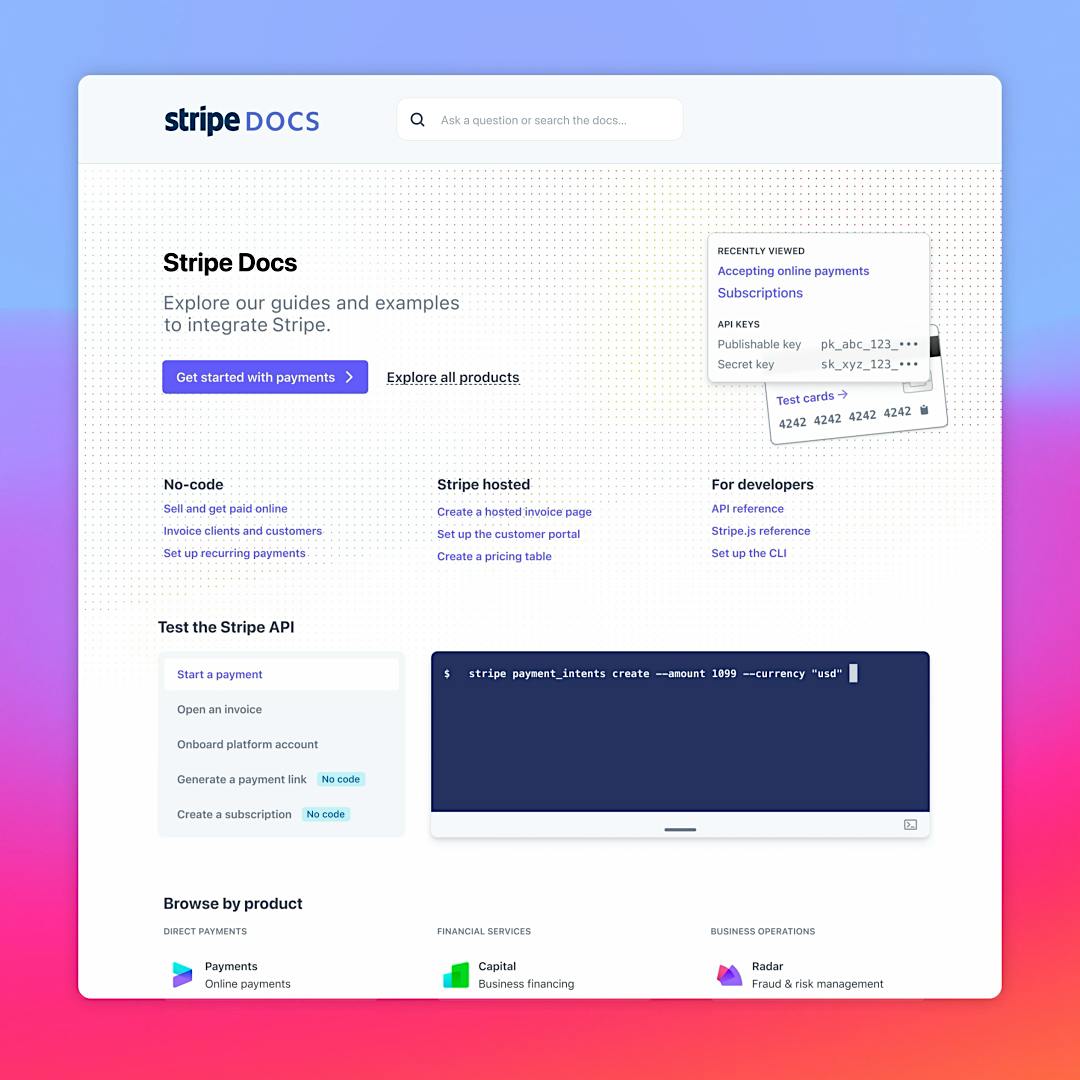
Stripe is no newcomer to using OpenAI to develop their processes and systems – they have previously been using GPT-3 to help route support tickets and summarize common customer questions. Recently, they have taken on GPT-4 to help alleviate the human hours needed to go into specific tasks, such as website reviewing.
Stripe indicates that GPT-4 for documentation support is like a support team that “works right out of the box” and can read dense documentation and summarize for the user. This becomes a big help when verifying customer documentation and other program support avenues.
Yet another way that Stripe takes advantage of GPT-4 is by incorporating it into fraud detection on various platforms, such as Discord. GPT-4 can analyze the words and tone of messaging within their Discord to determine whether further investigation is needed.
Looking into the future of the partnership between GPT-4 and Stripe, there is a potential for other features having the artificial intelligence OpenAI wrote about as an integral part of their program.
Investment: Morgan Stanley

Morgan Stanley is one of the leaders in wealth management and can utilize OpenAI to sort through years of PDF-style information to answer questions quickly and efficiently. This utilization of the model will be for employee and company use; it wouldn’t be accessible to the public searching for wealth management documents on their website.
Instead of the employees searching through piles of papers and libraries to find the precise information that is looking for, GPT-4 can speed up that process and present information quickly.
The company sees this model integration as a way that helps employees better serve their customers and makes it much easier to go through almost 100 years of intellectual capital Mogan Stanley has.
The point of using GPT-4 technology within the company is that the task reaches of the model are far vaster than doing it without the aid from OpenAI. It’s such an advanced program that it exhibits human-level performance while still allowing the employees of Morgan Stanley to help its customers and clients.
Education: Khan Academy

Khan Academy aims to help students of all age groups reach academic benchmarks by offering free math, science, and humanities courses. Khan Academy is using GPT4 to help students individually for instances such as tutoring and in the classroom in the form of teachers’ assistants.
The way that Khan Academy plans to incorporate this model is by being able to ask students individualized questions to prompt deeper learning with OpenAI. The one aspect that both Khan Academy and OpenAI want to ensure is of the utmost importance with this partnership is that students truly understand why they are thinking a certain way or why something is a particular answer.
This partnership is not about providing students with an easy “quick response” method to getting the answers but a way to provide a deeper, individualized approach to learning.
The company is finding more ways to incorporate OpenAI within its program, including resources for teachers such as classroom prompts and individualized progress reports through Khan Academy to determine how each student is doing. There seem to be no limits to what Khan Academy wants to do with OpenAI and its model.
Government: Iceland
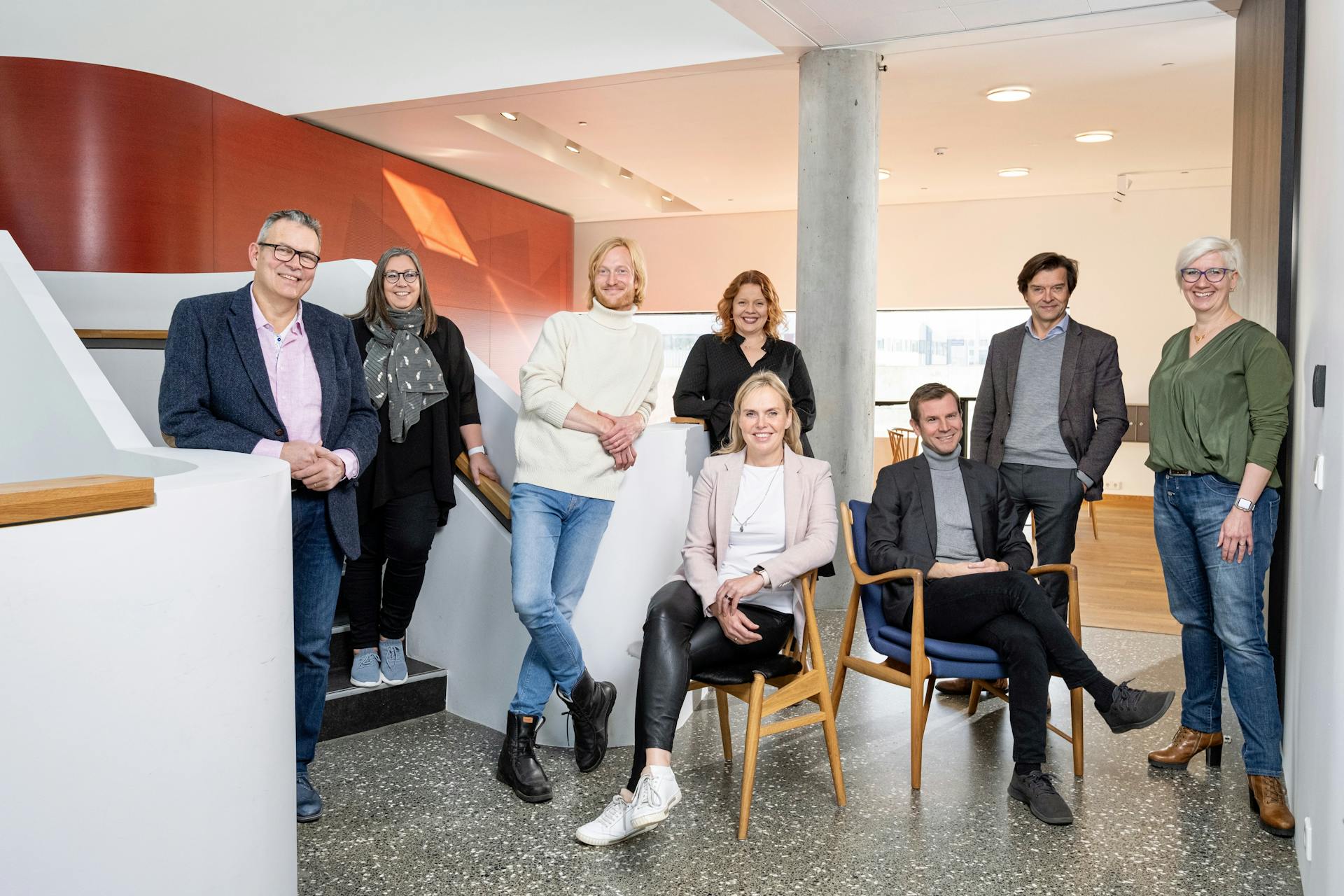
Many may be surprised to hear that even the Icelandic Government is taking advantage of the OpenAI model and its transition from GPT-3.5 to GPT-4, but not in the way you may think. Iceland has roughly 370,000 citizens, most of whom speak English – so Iceland is looking to the OpenAI model to help preserve its language.
It is planned to be utilized as a form of translation where other applications and services get it wrong. Previously GPT-3 and GPT-3.5 could not clearly and accurately translate into Icelandic – GPT-4 has changed that.
They have developed a way to increase the accuracy with human testers that give the model a prompt, which turns out four responses; the human testers then select the most accurate of the four responses and further edit it, so it is grammatically correct – ensuring higher accuracy as it’s used.
There is still a vast amount of training that OpenAI can do to further the advancements from GPT-3.5 to GPT-4. Researchers both in the Icelandic Government and OpenAI are working on these advancements.
Final thoughts
There are so many ways that OpenAI has evolved from GPT-3, GPT-3.5, ChatGPT, and finally, GPT4 as the most recent development. From simple chatbot responses to being able to submit images to get an intellectual response and analysis is incredible. Countless researchers on the team have worked together to perfect what GPT is now and will continue to grow into.
Many businesses are taking advantage of the possibilities and what they may be capable of in the near future. AI is not evolving, and OpenAI is not developing the best version – so there will be more to come as more research is conducted and advancements are made.
Not all businesses use the program in the same way, which speaks to the sheer versatility they have created with this program. More intelligent advancements and evolvement will undoubtedly occur throughout the next few years.
